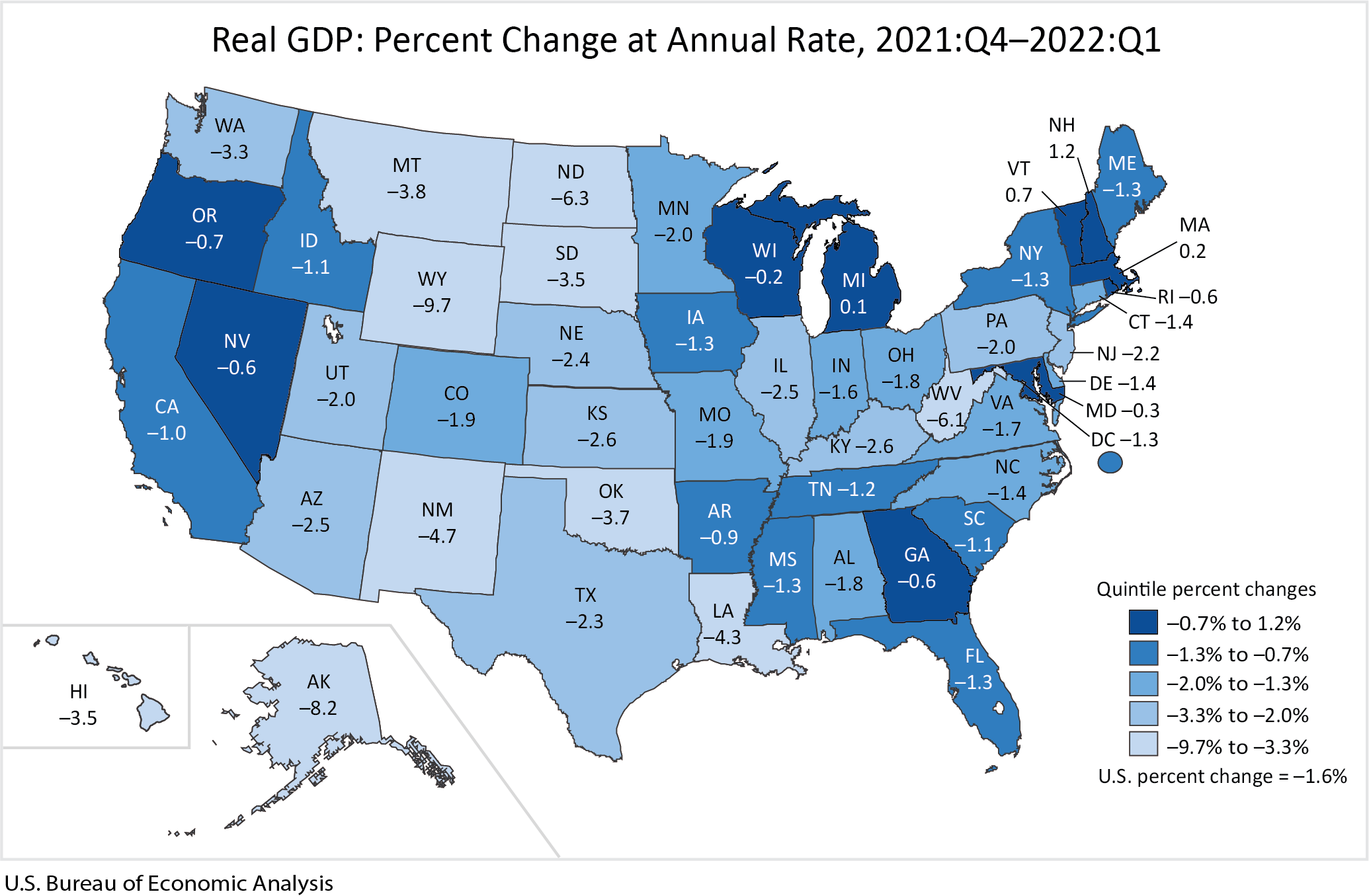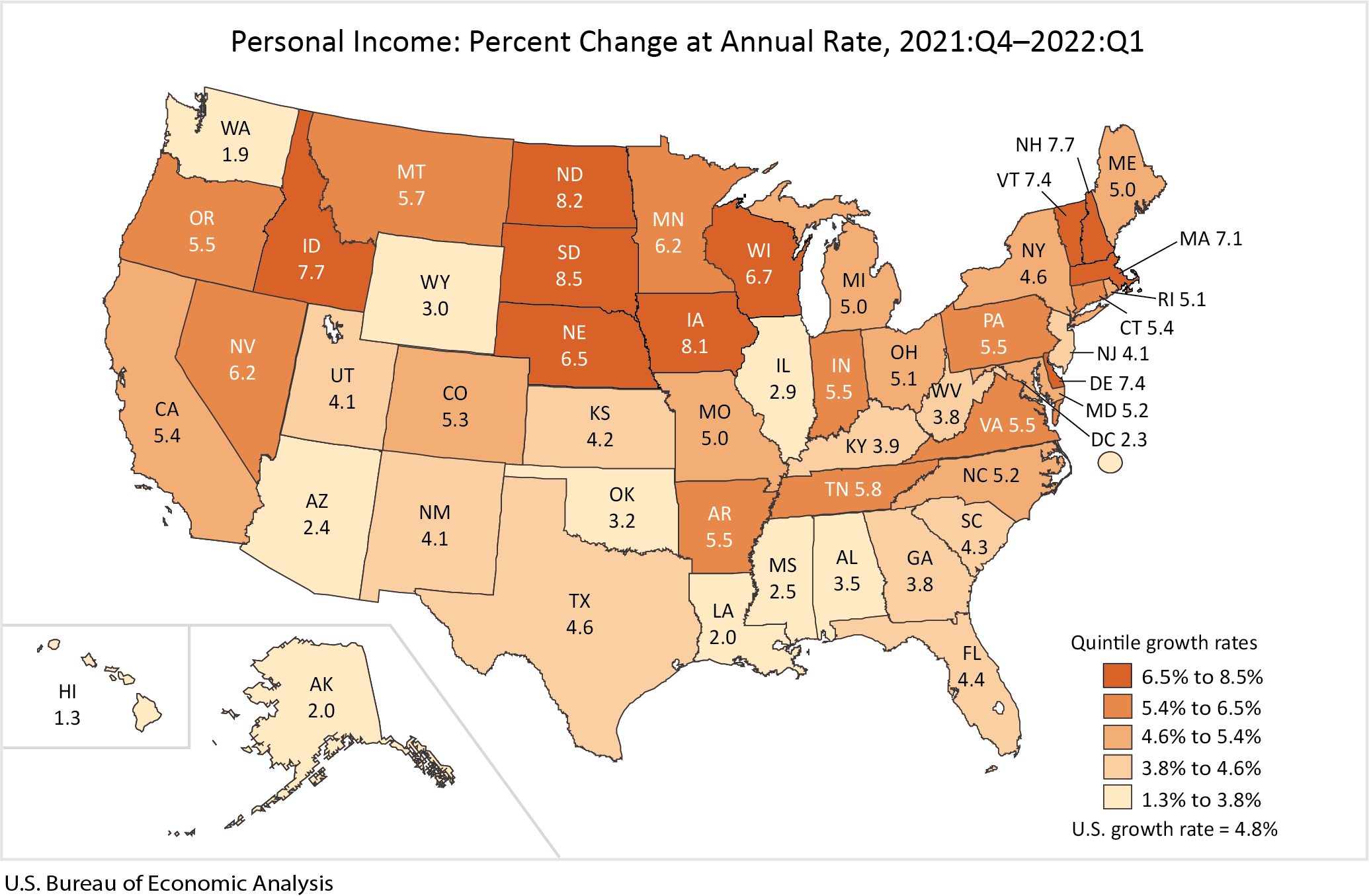Anyone with enough cash; a valuable asset to sell or put up as collateral; with family and friends who will lend them money; or with the ability to borrow from a bank can start a company.
A thousand times everyday in the US, somebody decides they want to be in business for themselves. They think of an idea that will make them money. They make room in the den, garage, attic. They rent space, sign a lease, incorporate, sign partnership papers, file doing business as papers, pay necessary governmental fees, print business cards, think of logos, trademarks, advertisement slogans, create a company Facebook page and twitter account.
New businesses in the hundreds, if not thousands, start in someone's mind every day. Accountants, lawyers and bankers are contacted.
All it takes to start a business in the US is some money and an idea. Money allows an entrepreneur to lease space, hire workers, salesmen, accountants, lawyers. Money allows advertising, sample products, etc. Money allows a business to start. Money allows anyone to build a business.
What happens to most of these ideas, embryonic businesses, start-ups and future McDonald's, Microsoft, Google, GM, WalMart, etc? They die a quick death.
All the entrepreneurs' businesses that start and disappear used government services and infrastructure. The failed businesses hired people who used government schools, roads, and other government services and infrastructure.
Obama and the Democrats say government services and infrastructure are responsible for the business success of Romney and other entrepreneurs. By the same logic, government services and infrastructure are responsible for the business failures.
Romney's and other entrepreneurs' success is not at all due to anything supplied by government. New business success is due to the entrepreneurs' willingness to take more risk than the average individual, along with some unique innate entrepreneurial ability that is not learned in schools or we would not see the high failure rate of new businesses that we do. Of course, a little luck helps, but luck cannot turn a lousy business into a success.
Biil Gates, Mark Zuckerberg, Ray Kroc, Sam Walton, Larry Page, Sergey Brin and the thousands of other successful entrepreneurs are responsible for the success of their companies. They owe nothing to the government, government services and infrastructure for the success of their companies. Other entrepreneurs and start up companies in the same field doing the same thing, with the same government services and infrastructure as the successful business start-ups, failed and died prematurely.
Government provided services and support are not the essential ingredients for business success.


